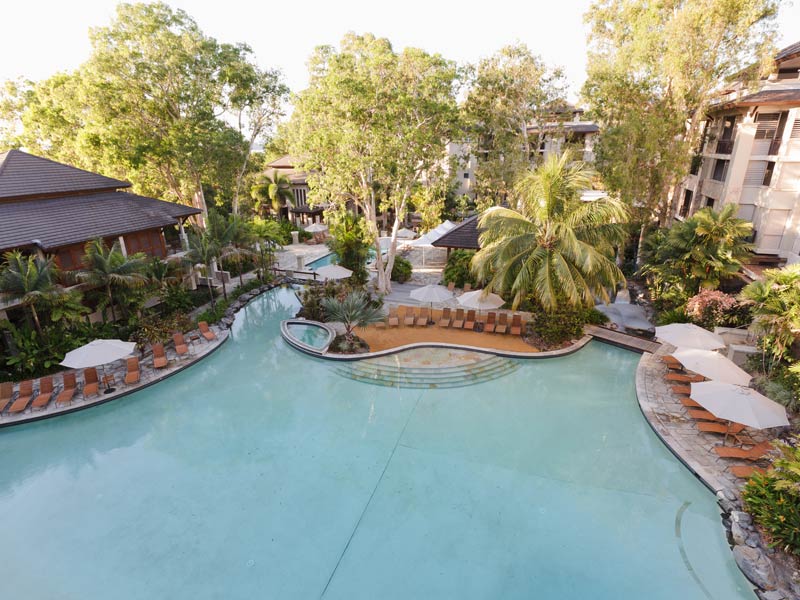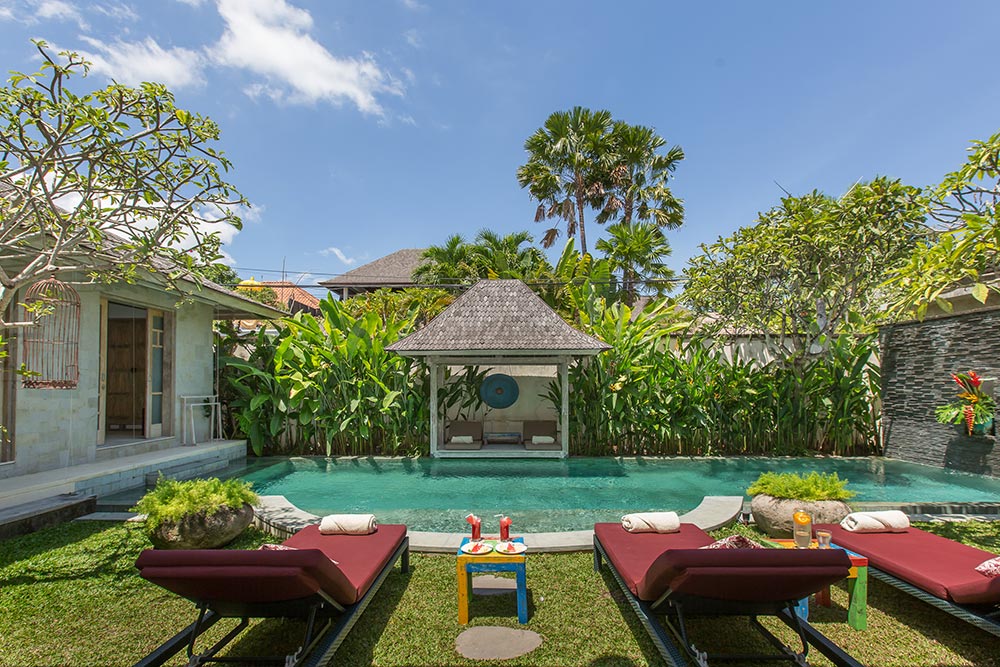There are many factors to consider when determining the best time to travel to Fiji. First of all, you’ll want to be aware of the climate and weather. The island’s climate varies greatly from season to season. If you’re planning a vacation, it’s best to avoid the rainy season.
Low season
Low season is the best time to travel to the tropical island of Fiji. It is not the peak tourist season when the islands are overrun by tourists, and the beaches aren’t crowded with families. During this time, many merchants lower their prices. Activities such as scuba diving and day trips can be more affordable during low season. Equipment rental is also cheaper.
If you can, try to travel during the low season, when temperatures are comfortable but prices are lowest. Fiji’s weather in January can be very humid and hot. Temperatures can reach 30 degrees Celsius, with a high relative humidity. It is also cyclone season, so it is best to check the local media for news about cyclones.
The dry season in Fiji is from May to September, and the weather is perfect for sunbathing and other activities. During this time, you will find fewer crowds, but the temperature will still be in the mid-60s. This season is also the best time for sightseeing, as the temperatures are still quite warm.
The wettest time of the year is March, when Suva experiences three days of rain. The downpours are short but heavy, and the days are generally sunny. However, it is important to note that the rains can disrupt travel and result in canceled flights. Flooding can also damage roads.
Low season is the best time to travel to the tropical island of Fiji. The weather is ideal for hiking and trekking in the protected areas. The low season is also ideal for visiting waterfalls. The country has three national parks, and Fijians can hike through these protected areas and enjoy the natural beauty.
The best time to travel to Fiji is between May and October. This time avoids the high tourist season from July to September. Travel during these months and you will be able to find great deals on hotels and water sports. You’ll find that Fiji is much more affordable during these months, and you’ll be able to experience a much more relaxing vacation without the crowds.
Off-season
The best time to travel to Fiji is during the off-season, or when it is not the peak tourist season. The summer months are hot and humid and the fall is a transitional period from summer to winter. To avoid the crowds and the heat, plan your trip for the shoulder months of April to June. In early April, the wet season begins to wind down and temperatures drop below 90 degrees. However, it is still possible to have winter weather, particularly in the north of the island nation.
While there are no vaccines required to visit Fiji, many travel doctors recommend getting Hepatitis A, Tetanus, and Diphtheria before traveling. They also recommend getting an extra First Aid kit as well as taking precautions to prevent malaria and other illnesses. Because the climate is tropical, visitors are at risk of getting bitten by mosquitoes, so they should bring an effective insect repellent.
Fiji has a great climate during the off-season. Temperatures are warm during the day, but are cool at night. However, you should pack appropriately – temperatures will drop to as low as 18degC at night. While this may not be the ideal time to travel to Fiji, it is still the best time to visit.
The off-season is the best time to travel to Fiji if you want to avoid the crowds and the prices of flights and accommodation. There are also good last-minute deals to be had in this period. If you can book your trip before the end of September, you can save money on airfares and hotel packages to Fiji.
If you want to avoid the peak tourist season, it is best to visit Fiji in February, March, or April. However, you will still have to be ready for rainy days and high relative humidity during these times. However, if you have kids, try to avoid these times – you may struggle to find accommodation.
The off-season in Fiji is November to April, when the weather is less extreme and the cost of travel is the lowest. The temperatures during these months are comfortable for outdoor activities, and there is less chance of cyclones during this period. However, you should keep in mind that there are chances of cyclones, especially during the month of December and January.
Fiji has two seasons: the dry and the wet. While the dry season is more expensive, it is also the most popular time of year to visit. With less rain, the islands are more lush and pristine. The winter holiday season is busy and prices increase. However, you can still find sunny days during this time.
While the peak season runs from July to September, the best time to travel to Fiji is mid-October to early November, when there are less holiday crowds and the weather is more stable. The temperatures are a comfortable 31 degrees Celsius all year round. The best time to travel to Fiji depends on what type of holiday you want to take and weather conditions. For example, if you want to go surfing, the best time to visit is during the dry season.


